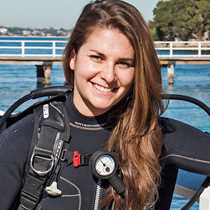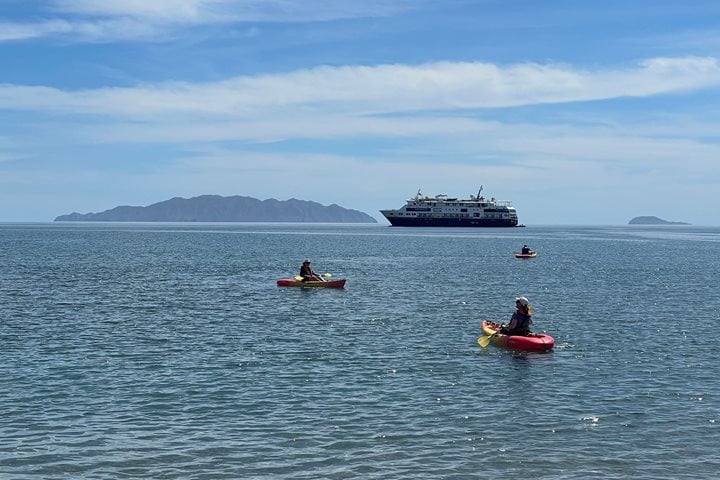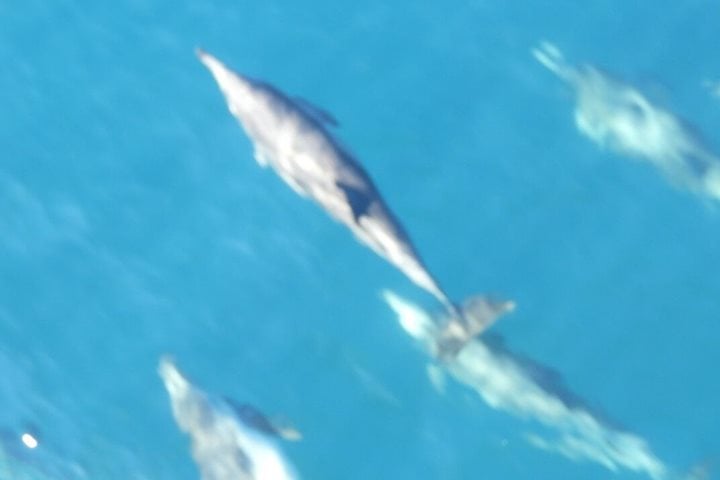After traveling south through the night, National Geographic Sea Bird woke up surrounded by sea birds at Isla San Pedro Martir. Found in the middle of the Gulf of California, this remote, volcanic island rises from deep water where the surrounding heavy currents and tidal mixing causes plankton to thrive, supporting an extensive food chain. Cruising by Zodiac, we spend our morning exploring this unique island up close. Perhaps unsuspecting as the most remote island in the Gulf, experiencing San Pedro Martir is nothing short of spectacular.
At water level in our Zodiacs, we were immediately treated to a welcoming party of young California sea lions leaping excitedly in our wake. Approaching closer to the island, the surroundings send our senses into overload. Brown pelicans glide inches from the glassy waters, while brown boobies fly around us in all directions and eared grebes dive quickly below the surface as we zoom by. Sea lions of all ages and sizes laze in the morning sun, hauled out on the rocks close to the waters edge, while boobies nest with their fluffy chicks in the rock alcoves higher up. Hearing their chattering song, we crane our necks skyward to see the red-billed tropic birds soaring around the rugged, towering cliffs. Watching the boobies make their breakfast dives, we are left in awe of how productive these calm, green waters are.
Leaving this oasis teeming with life, we spend our afternoon exploring these rich waters as we continue to make our way south in the Gulf. Incoming fog put the spotting skills of our natural history staff to the test, as we scouted for marine mammals, eventually surprised by the angled blow of a sperm whale piercing the afternoon light. The bow bustled with excitement before it showed off its large fluke, diving again into the deep waters.







